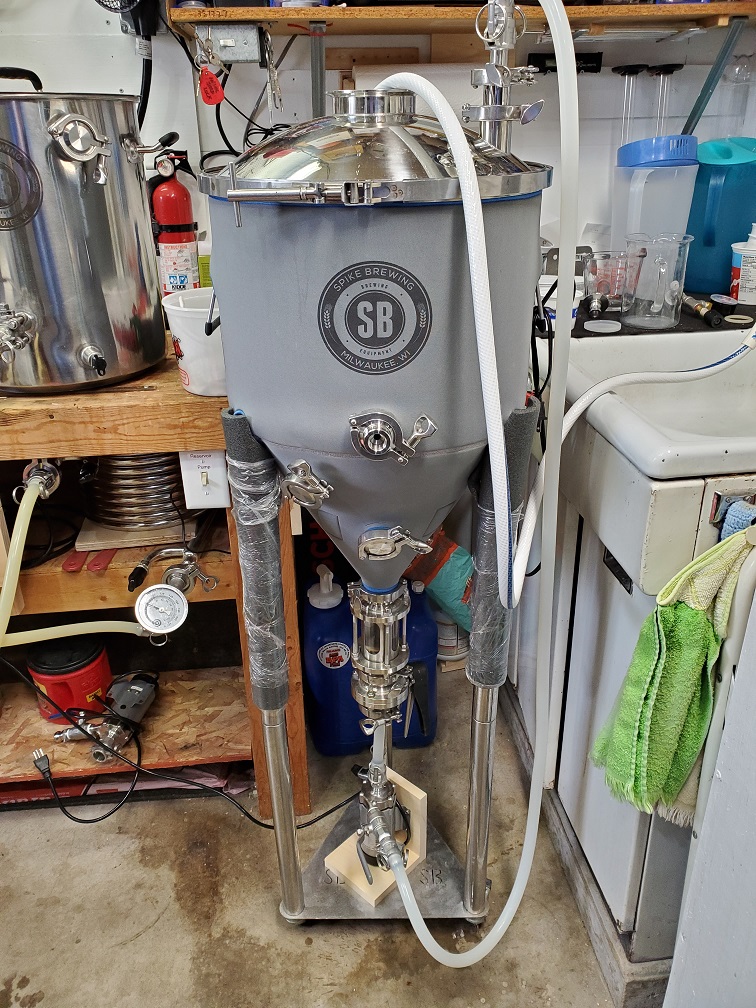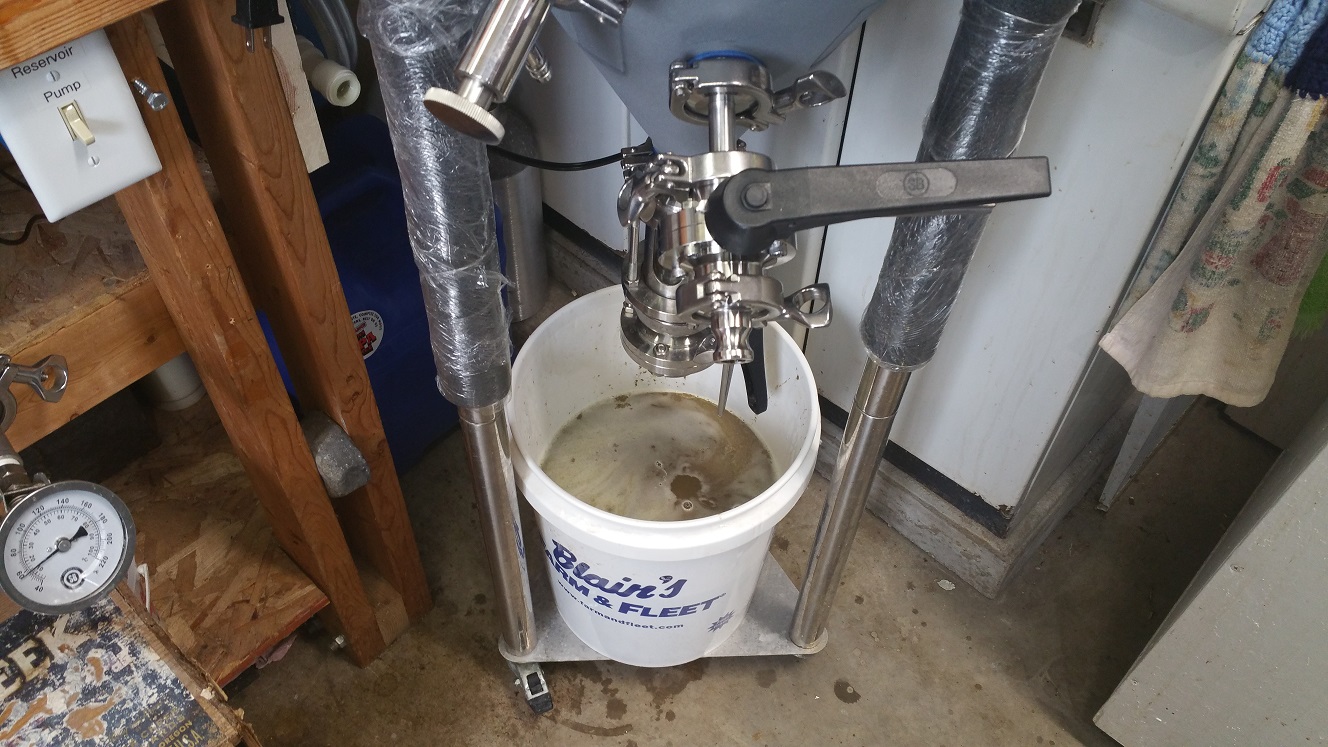Here's the one thing you need to know about: look inside the fermenter at the ports. They're recessed and they collect...well, whatever. There's gunk in there from fermentation. You can try to rinse that out, but unless you're running cleaning solution through every one of those, you're not cleaning them.
Further, once you CIP whatever is in those recesses is now full of your cleaning solution, which means you need somehow to rinse that stuff out.
Experience has taught me that Mongoose is spot on. A couple of years ago I decided to get off the glass/plastic train and finally invest in stainless steel. I started out with an SS Brewtech Brew Bucket and a Chronical. Game changer. Last summer I ordered a Unitank and just added a glycol chiller. Game changer on steroids.
Cleaning the Brew Bucket and Chronical wasn't much different than cleaning a plastic fermenter, but the Unitank presented some challenges, so I bought a large capacity CIP ball and a portable sump pump capable of delivering the 15 GPM minimum flow rate required. After my first brew session with the Unitank (non-removable lid, but it has an 8" TC ferrule on the top so you get a good view of the inside of the tank) I used a hot water spray to rinse down the insides and remove most of the krausen and crud. Then I sealed off all the openings and filled about 2~3 gallons of hot water and PBW in the tank. The discharge side of the pump fed the CIP ball mounted in a 3" TC on the top of the tank. I connected two return lines (one on the bottom dump port and one to the racking port), joining them with a "T" fitting, to feed the intake side of the pump. I opened the blow-off port valve to equalize any negative pressure vacuum in case the suction from the pump exceeded the discharge through the CIP. Don't want my Baby imploding! Then I fired that bad boy up and had myself a Homebrew.
After 20 minutes or so I used the pump to drain the tank (my aging back ain't even gonna' try lifting that much weight). I popped the top, rinsed again with hot water, drained the tank, added a couple gallons of StarSan solution, fired that bad boy up, and had myself another Homebrew. When that was finished I removed the top TC and the 8" chilling coil. The inside was clean as a whistle. I removed the bottom butterfly valve and the racking port butterfly because, well, that's what you do with valves I'm told, and they, too, were spotless. So, feeling pretty smug, I let everything dry before giving it one final spray of StarSan and buttoning up until the next brew session.
Literally, "wash, rinse, repeat" for the next several brew sessions. Then came the obligatory road trip from Maryland to Florida in the Fall to visit our daughter's family, so no brewing for six weeks. When we got back I needed to get cracking on beers for Thanksgiving and Christmas, not to mention Saturday and Sunday games vegetating in front of the wide screen. So I paid a visit to the LHBS to pick up some essentials and started setting up for my next adventure. Imagine my dismay when the uncorking of my latest toy was met with a faint yet disgusting aroma of 'death' and 'decay.' Everything still looked clean but the smell belied cleanliness. Brew Day was gonna' get delayed until I could get to the bottom of this. Complete disassembly was required.
Staring at the top and working my way down, every fitting and every component got removed, cleaned and sanitized. It wasn't until the last two that the culprit was unveiled. The sample port and the carbonating stone port recesses in the lower part of the cone where the TC fittings attach had impacted build ups of trub and hops material. The impaction was compounded by the fact I had fermented under partial pressure (a great technique IMO) and also spunded under 15 psi/1 bar. The butterfly valves had gotten cleaned by the high velocity flow from the CIP, but the sample port and carb stone recesses were not in that pathway and failed to get cleaned. Plus, you can't even see inside them from the top of the fermenter. The ONLY way to make sure they're clean is to completely disassemble and visually inspect the port from the outside, followed by cleaning and sanitizing of the fitting, ferrule recesses and individual component.
It's not a particularly difficult task, but it is a bit tedious and time consuming. Going forward my cleaning protocols have been altered a bit. No more CIP, rinse and forget. Damn! I KNEW it was too simple. But since I know what parts get cleaned and conversely which areas are in a "CIP shadow" I now have a pretty good idea where to look and where to start when searching for nasties. Also, given how clean I found most of the nooks and crannies to be, I think after a while I'll feel good enough with the CIP's performance that I won't have to completely disassemble after every use. Twenty minutes of CIPing gets 95% of everything cleaner that I could get it without a major investment of time and elbow grease. As long as I feel like I'm getting the last 5% cleaned manually (and as long as the beer doesn't suffer) it's probably a fair trade.
Brooo Brother










